
Bolton’s Bravery
With specialized, comprehensive care in hospitals tailored to the unique needs of pediatric patients, children’s hospitals help children and teens like Bolton defy the odds.
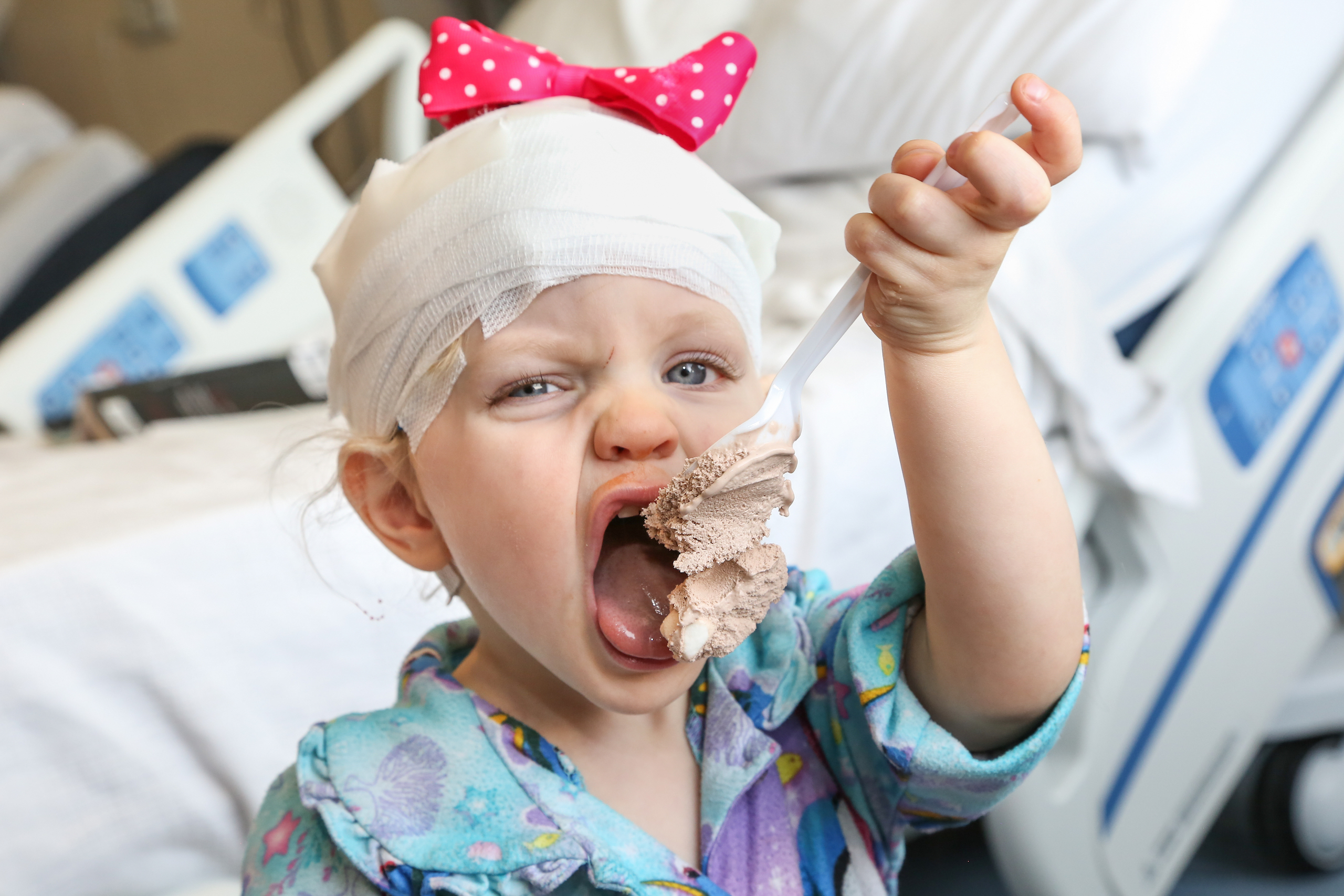
Every day, children’s hospitals help make moments possible. From providing access to the comprehensive care that children need to grow up to supporting children, teens, and their families with specialized treatment for some of the most complex illnesses. Discover more about the moments made possible by children’s hospital through patient stories from around the country.

With specialized, comprehensive care in hospitals tailored to the unique needs of pediatric patients, children’s hospitals help children and teens like Bolton defy the odds.
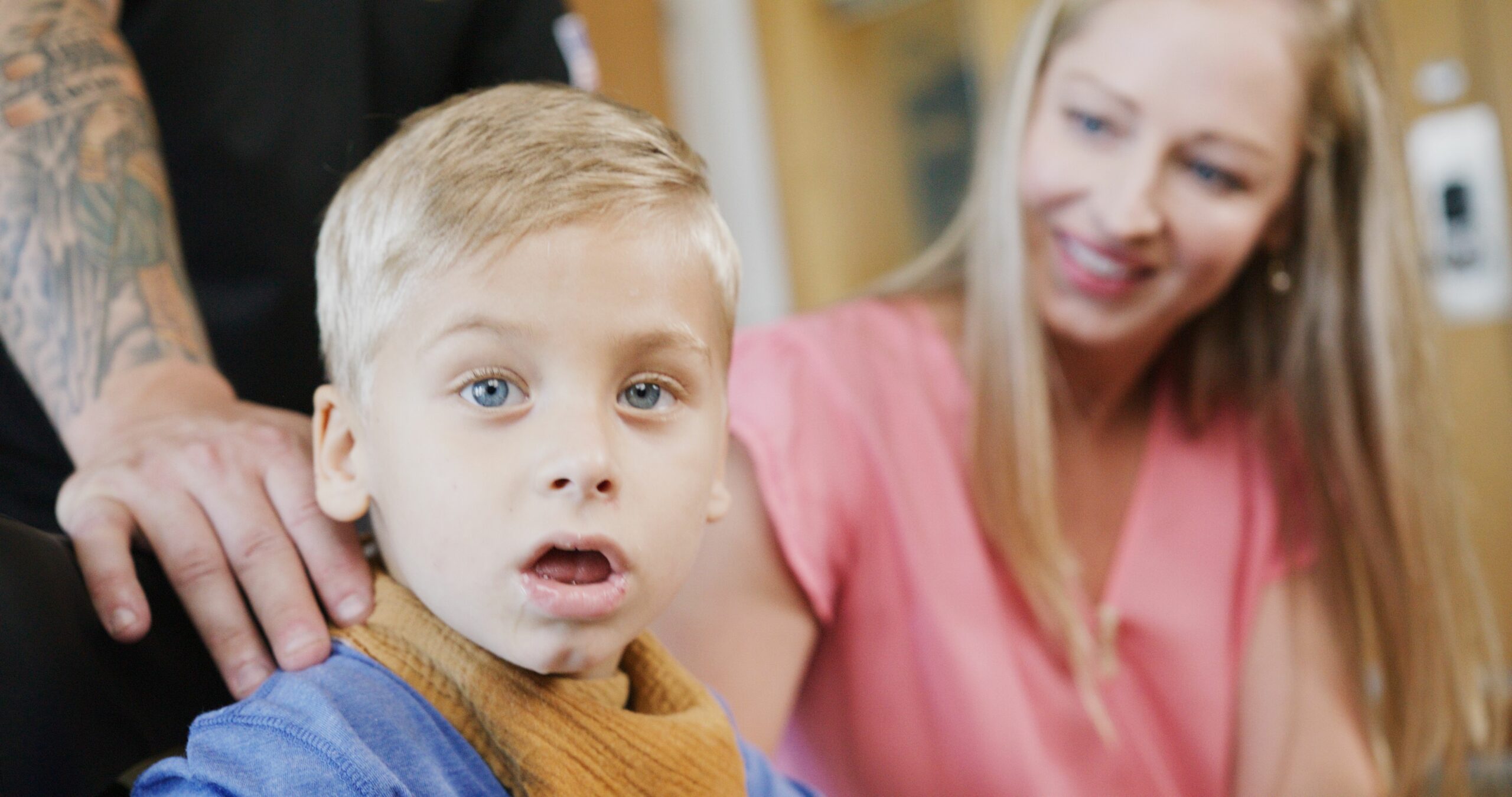
Children’s hospitals provide advanced care for the most complex conditions in environments specially designed for pediatric patients, allowing children like Isaac to thrive.
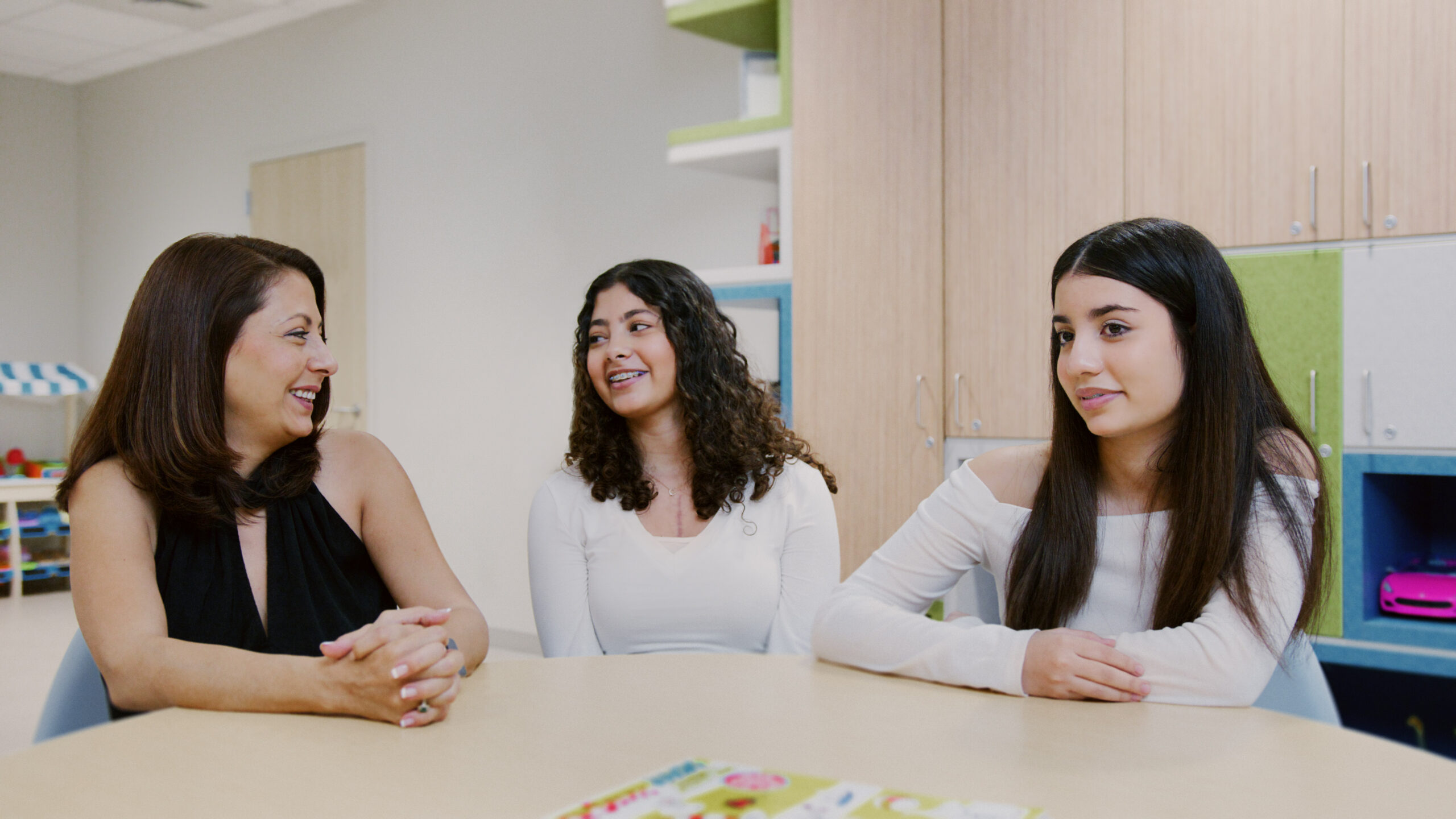
The specialized multidisciplinary teams at children’s hospitals ensure that children and teens – like Cami – can beat multiple complex conditions like cancer and heart failure.
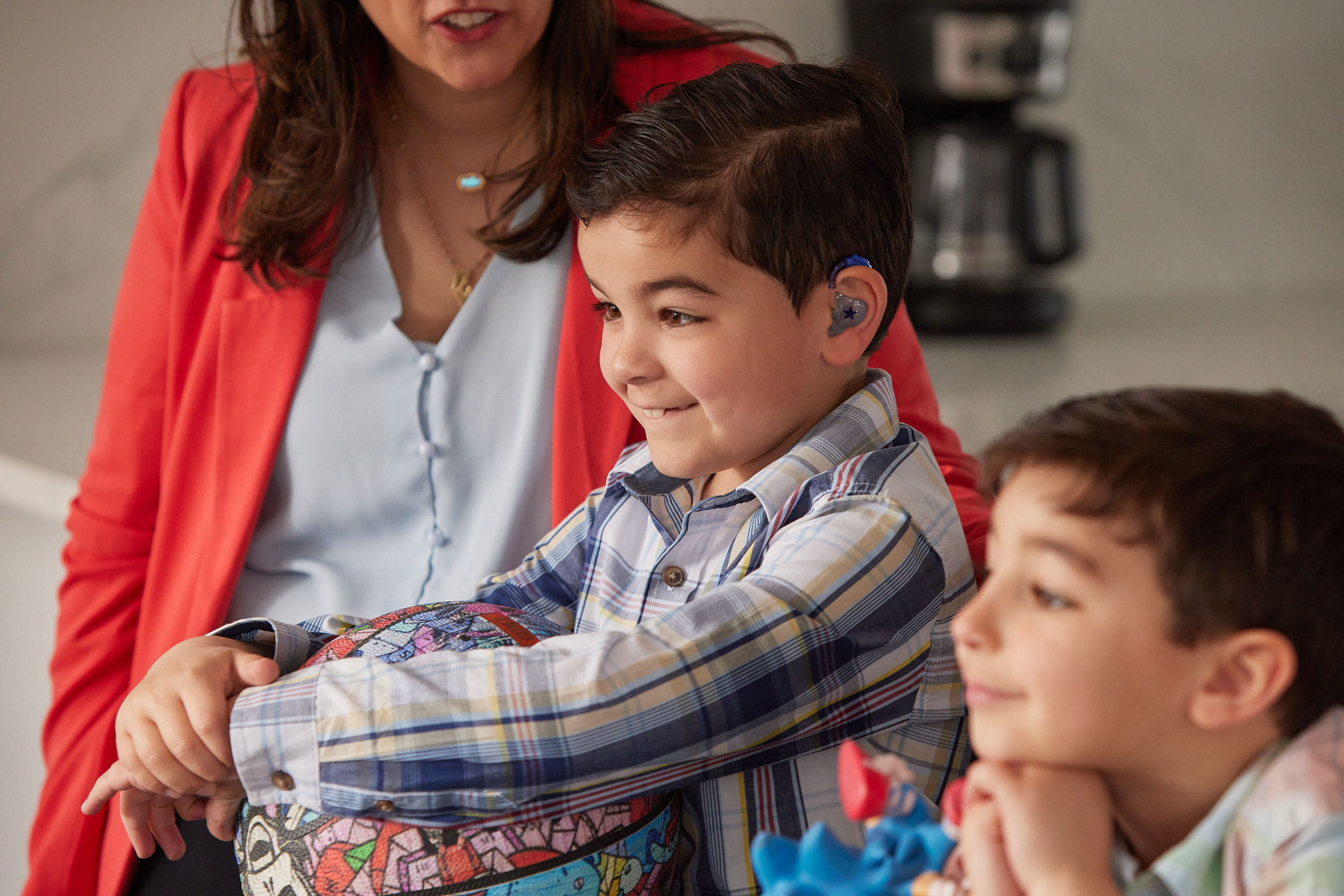
The advanced, specialized care that children’s hospitals provide make moments – like Joseph beating pediatric brain cancer – possible.
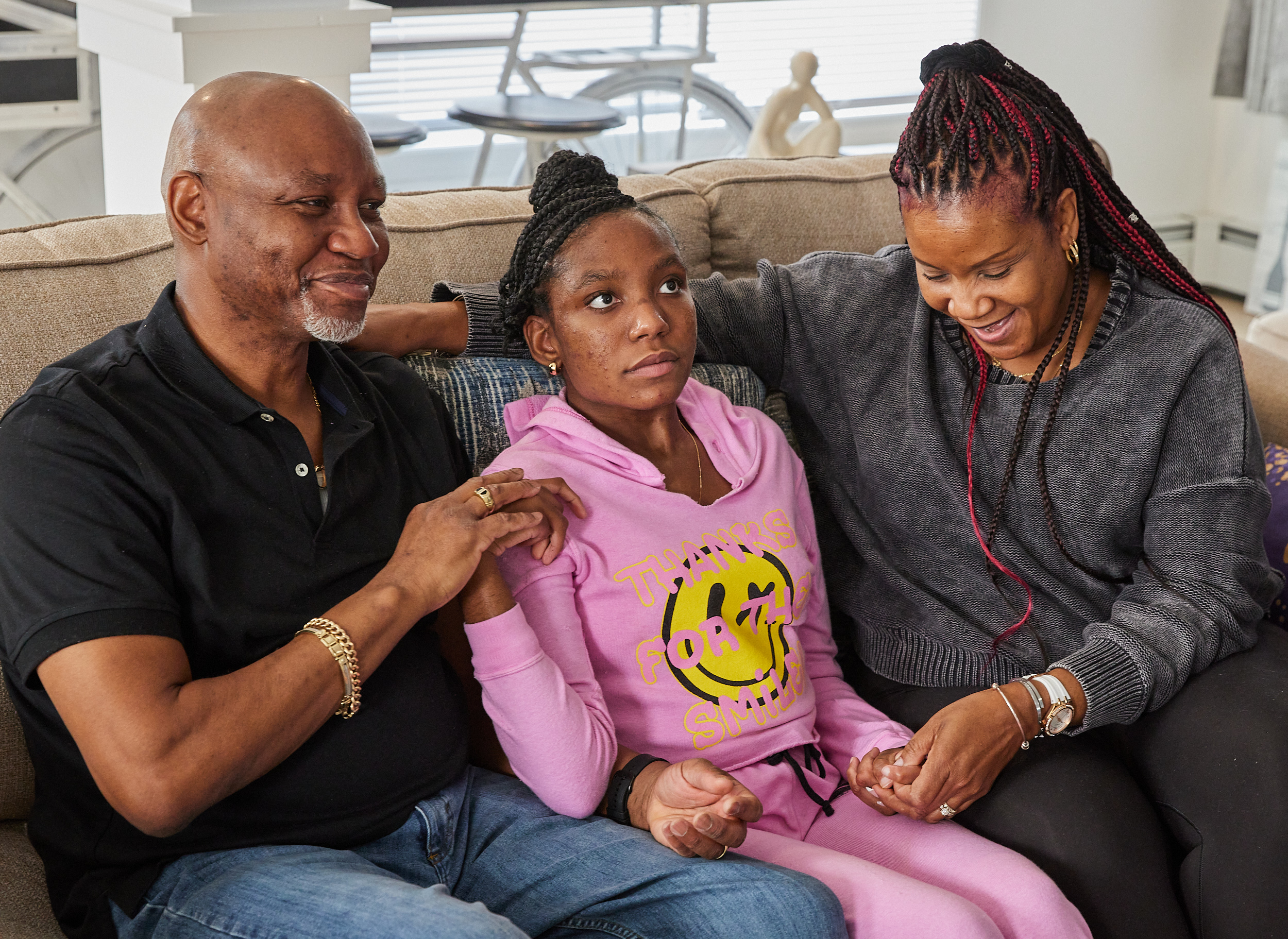
With care delivered by specially trained pediatric clinicians, in environments designed just for children, children’s hospitals help children and teens – like Daniella – navigate complex medical conditions.

When Sriansh was just three months old, his family grew concerned as he slept most of the day, arched his back, and could not control his eye movement. His parents brought him to Cincinnati Children’s, where he was diagnosed with AADC deficiency, a rare genetic disorder that disrupts dopamine and serotonin production in the brain. Sriansh’s family was told he might never walk, talk, or lift his head. But thanks to an experimental gene therapy clinical trial, his story took a groundbreaking turn. At just 16 months old, Sriansh became the youngest child in the world to receive a one-time gene therapy treatment, delivered directly into the brain through a minimally invasive surgical technique. His care team inserted an engineered virus carrying the missing gene, allowing his brain to begin producing the essential chemicals it lacked. Today, Sriansh is walking, running, and thriving because of this innovative clinical trial. This pioneering work helped lead to the first-ever FDA-approved gene therapy administered directly to the brain, offering hope for patients with rare genetic diseases once thought untreatable.
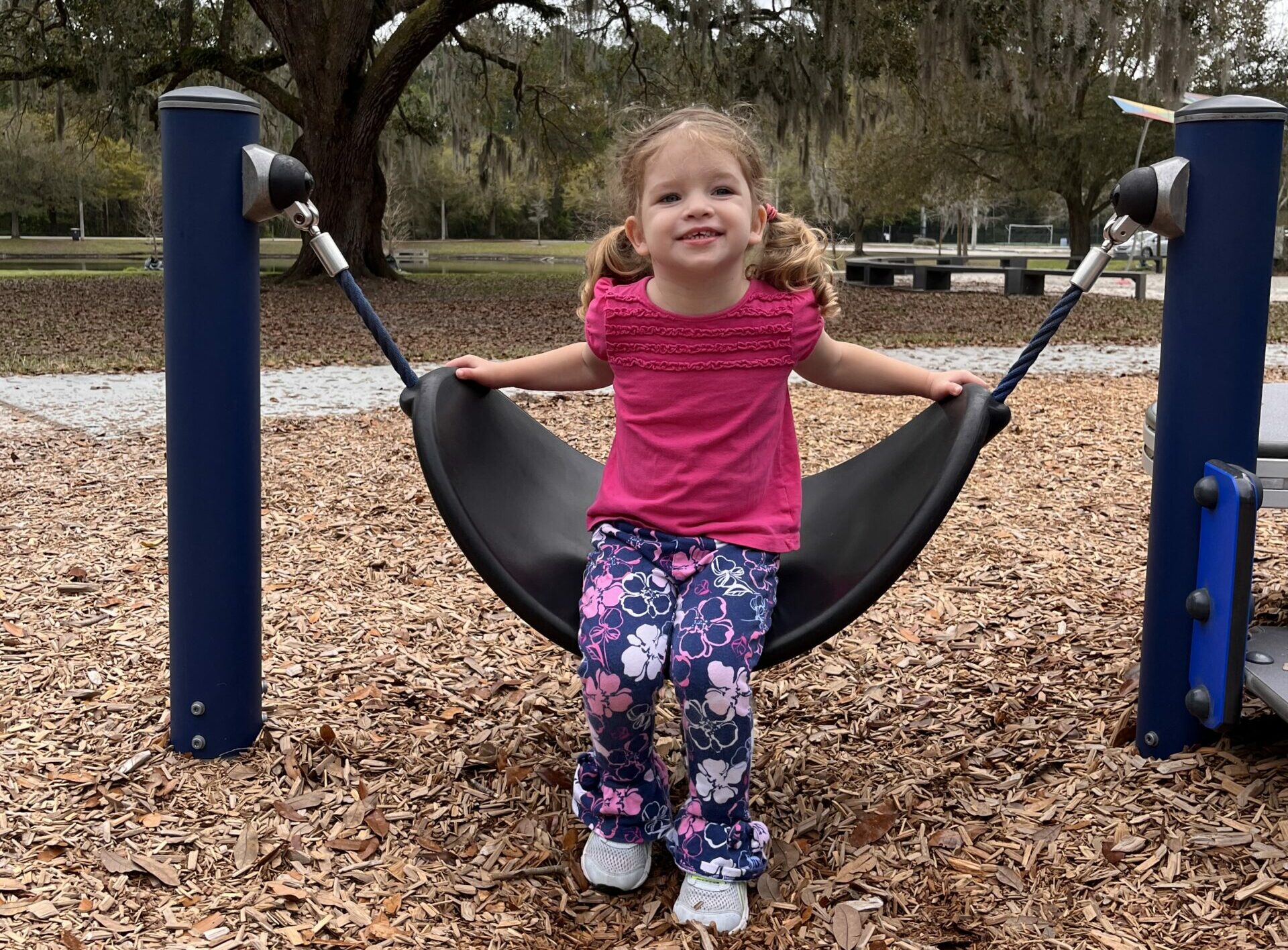
On a typical summer day at the pool, 15-month-old Caroline was not acting quite like herself. She wasn’t using her right arm correctly and kept falling over. Her parents took her to Wolfson Children’s Hospital Emergency Room, where a brain MRI revealed a complex giant aneurysm, which consisted of balloon-shaped bulges scattered along a blood vessel. A blood clot broke off, causing a stroke, explaining Caroline’s abnormal symptoms at the pool. Doctors at Wolfson Children’s discussed a few treatment options with her family and ultimately determined a craniotomy was the best operation for her case. Two months after Caroline’s initial symptoms, doctors performed the surgery using clips to remodel the blood vessel. The procedure went smoothly, and six days later, Caroline was discharged and feeling like her usual self again. Since surgery, follow-up appointments have shown a minimized risk of another stroke! Today, Caroline is a silly and energetic toddler who loves playing with her older brothers. She has no limitations from her stroke and will continue to visit Wolfson Children’s to monitor her aneurysm.
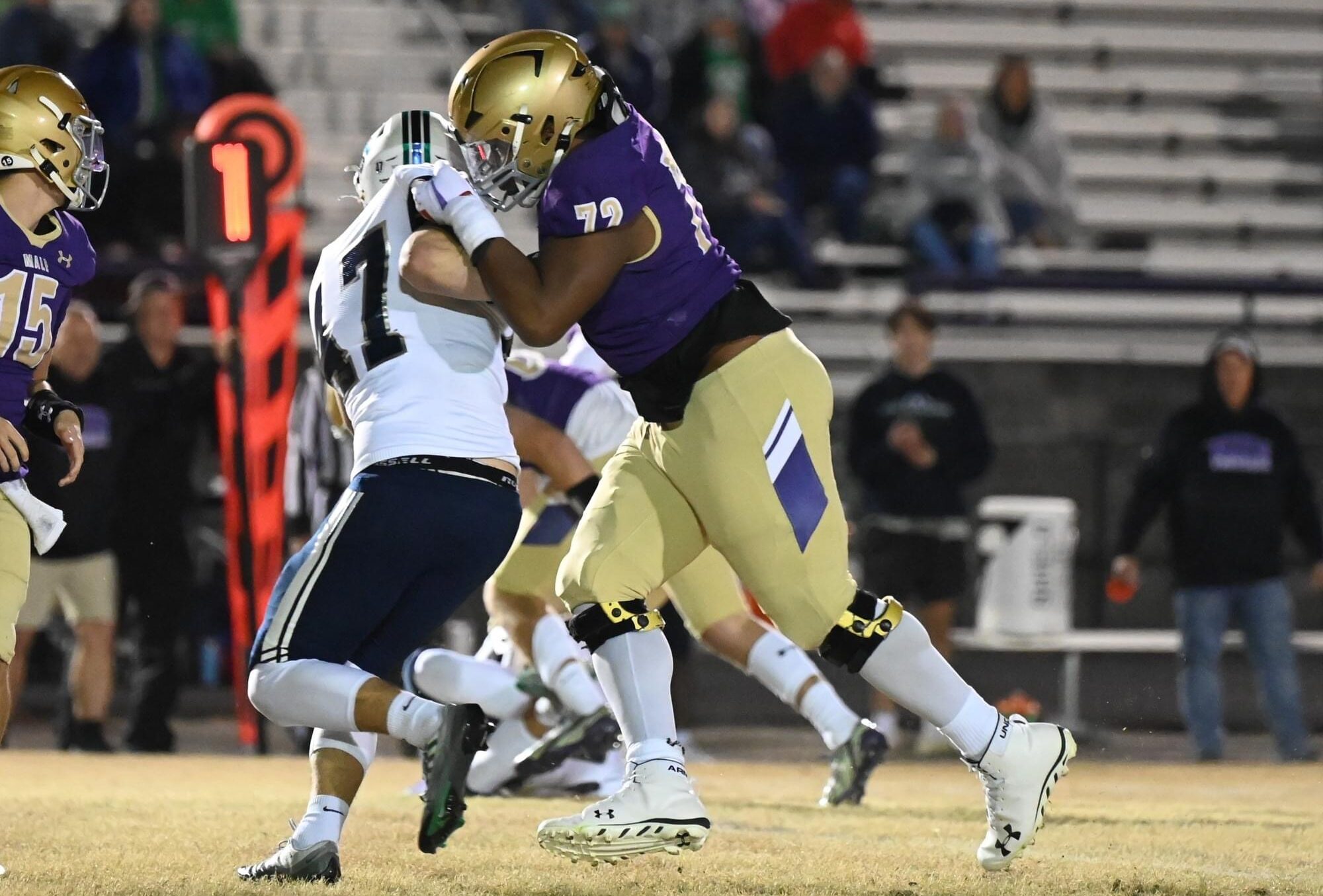
Isaac, better known as ‘Spike,’ is a top football player, attributing much of his success to the team efforts of Norton Children’s Orthopedics. In middle school, Spike was diagnosed with Osgood-Schlatter disease, a knee pain that most commonly occurs in young athletes going through growth spurts. Doctors at Norton Children’s helped Spike manage the pain, but just as he was approaching high school, he severely fractured his femur with patella dislocation. After the fracture, Spike’s care team performed surgery and provided extensive rehabilitation, allowing him to return to football the following season. Each of these challenges could have derailed his athletic dreams, but his coordinated care team guided him through every step of recovery. As soon as he stepped back on the field, he excelled as a player and became a team leader. The hospital’s team not only healed his physical injuries but also helped him navigate the emotional struggles associated with such setbacks. Today, Spike is set to continue his football career at North Carolina State University. He continues to visit his team at Norton Children’s to follow up on past injuries and set himself up for a healthy, successful future.

Brooklyn and Pia’s mothers met in a Facebook group for parents of children with congenital cytomegalovirus (CMV) and were immediately struck by the similarities between their daughters’ cases. Both were diagnosed with sensorineural hearing loss due to congenital cytomegalovirus (CMV) shortly after birth and were treated at Cincinnati Children’s. They grew close and supported one another during their medical journeys. Beyond medical expertise, both families discovered a nurturing community at Cincinnati Children’s, where professionals provided invaluable guidance. They were presented with choices: cochlear implants or embracing sign language. Brooklyn’s family opted for implants, while Pia’s chose both, ensuring they could engage with both hearing and deaf communities. Today, Brooklyn and Pia are doing well with the help of their cochlear implants, which have facilitated their speech development. Their friendship, forged through shared challenges and triumphs, is truly a testament to the care and support they received from their children’s hospital.

Karson’s sixth birthday was just around the corner when he asked for a simple wish: chocolate in every form imaginable. At the Children’s Hospital of The King’s Daughters (CHKD), Karson had been battling Duchenne muscular dystrophy since he was diagnosed at just 20 months old. Thankfully, a new novel gene therapy had just become available and held the promise of generating vital muscle proteins crucial for Duchenne patients like Karson. Days before Karson’s sixth birthday, the medication was transported overnight from Chicago, prepared, and administered. As he proudly demonstrated his strengthened limbs post-treatment, his family felt joy and relief, and most importantly for Karson, his care team brought him all his favorite chocolate treats for his birthday. Thanks to care from his children’s hospital, Karson and his family are now embracing more milestones, more cherished moments, and, of course, more chocolate.

When Leo was just two years old, doctors discovered cancer in his kidneys, lungs, and veins. From the start, Leo’s treatment plan was complex and demanding. When chemotherapy rounds were delayed due to illness, the hospital staff at Lehigh Valley Reilly Children’s Hospital rallied around Leo, ensuring he received the best care and support. The team worked tirelessly alongside specialists from the Children’s Hospital of Philadelphia, coordinating surgeries and treatments seamlessly to optimize Leo’s chances of recovery. When Leo began radiation treatment at Lehigh Valley Reilly Children’s Hospital, he became the first child to receive this type of care at the center, marking a milestone in pediatric oncology for the hospital. His family was moved by the hospital’s kindness, which included celebrations and gifts for Leo, marking his milestones with joy and encouragement. Leo’s courage, tenacity, and strength have shown through every step of the way. Today, Leo is in remission and is a rambunctious and lovable 3-year-old, always bringing smiles to those around him.

One evening, Arie began to experience intense pain in her head followed by uncontrollable vomiting. Arie was swiftly transferred from a local hospital to Children’s Wisconsin where a CT scan showed a brain bleed resembling a ruptured aneurysm. Aneurysms in children are rare, and the cause is usually unknown. Arie’s aneurysm was complex, involving the main blood vessel going to the back of her brain and occipital lobe. The most common treatment, called a coil embolization, posed risks so the team at Children’s Wisconsin proposed something that had never been done at the hospital before – a bypass to reroute the blood supply to Arie’s vision area. Doctors took an artery that fed blood to Arie’s scalp tissues on the back of her head and connected it to the surface of her brain. By redirecting blood from the scalp to the affected territory, blood flow can be maintained, which protected her vision. After the bypass, the team performed the traditional coiling procedure of the aneurysm. Arie’s recovery went smoothly. Today, she continues to be monitored by Children’s Wisconsin. She is stable, and she has no long-term side effects from the aneurysm or surgery. She is enjoying middle school, loves bike rides, and taking care of her bearded dragon, Cheeto.